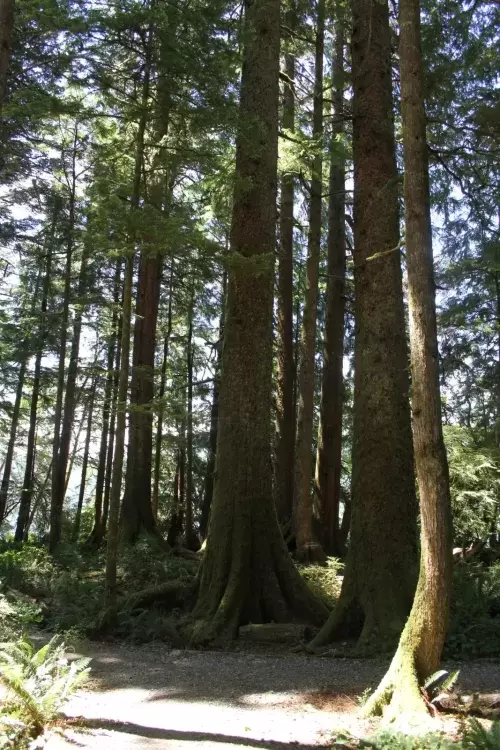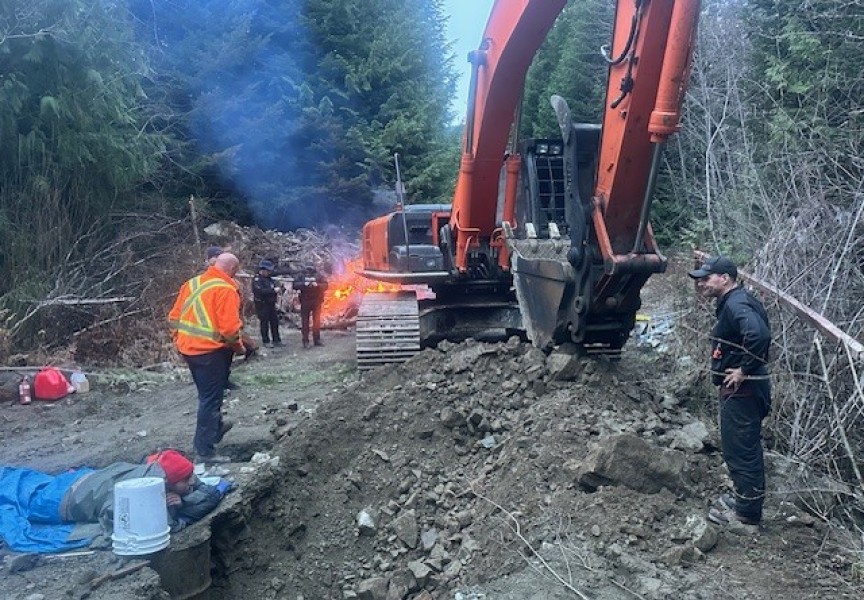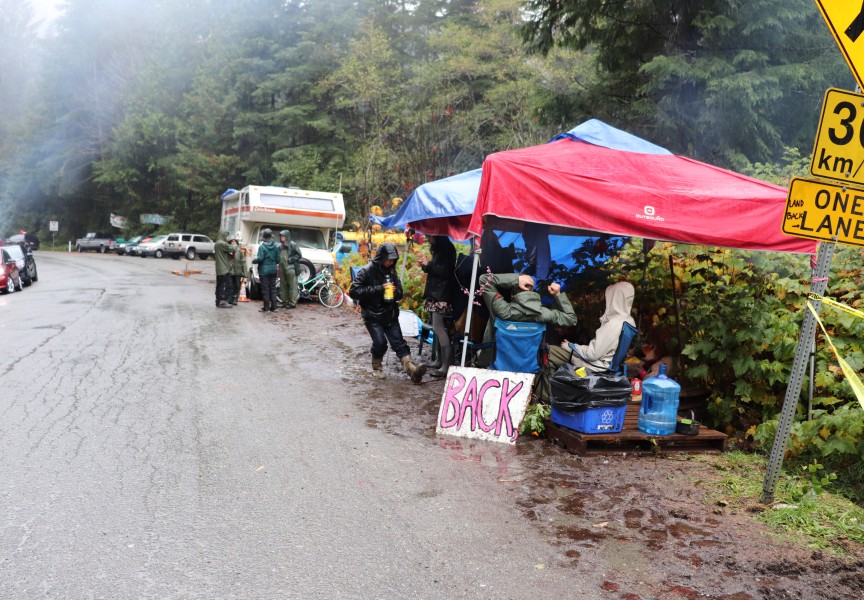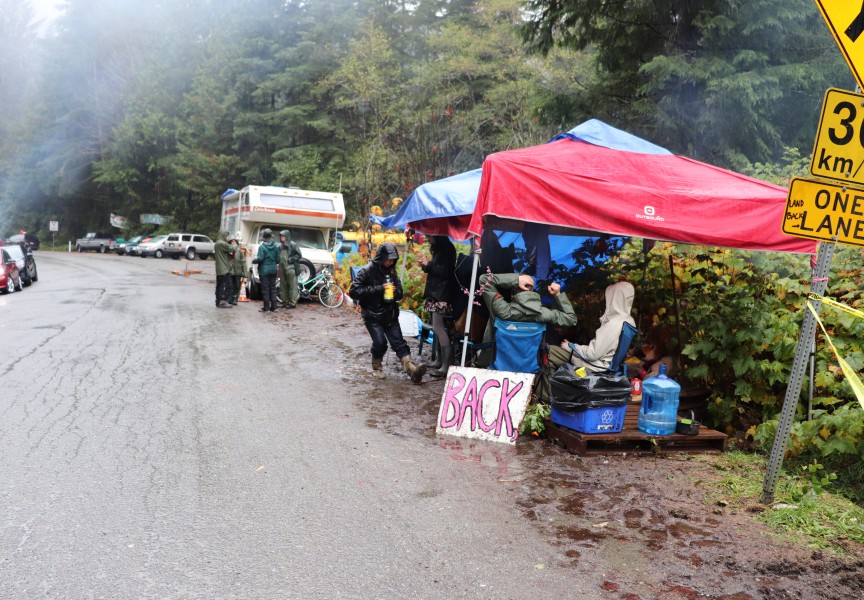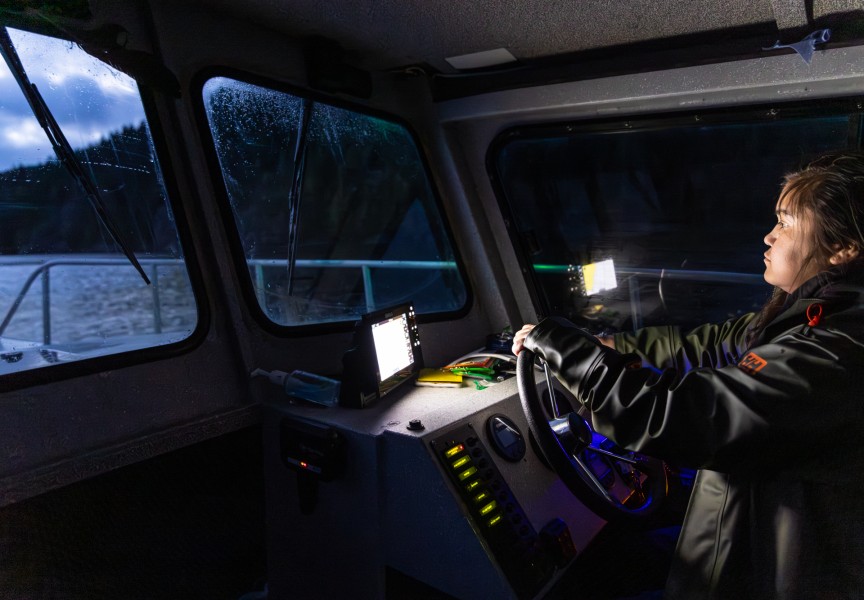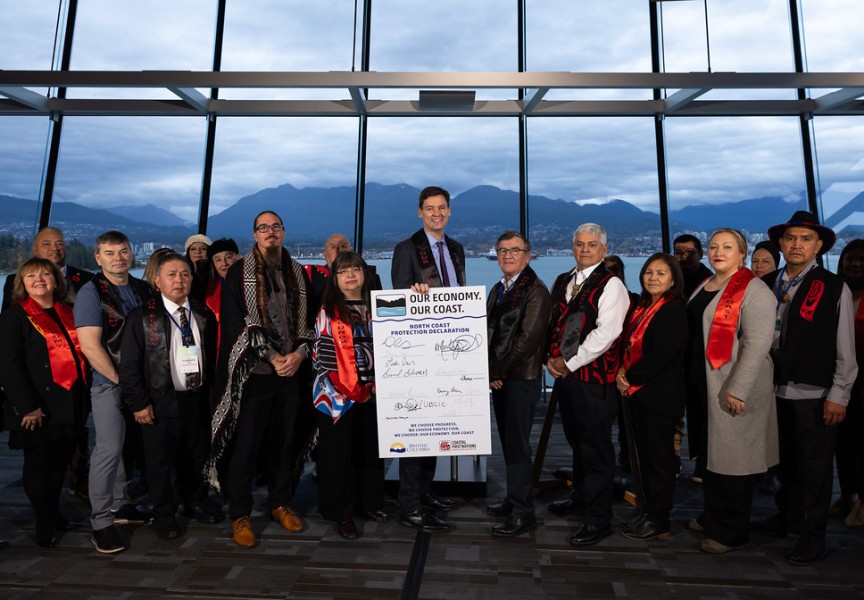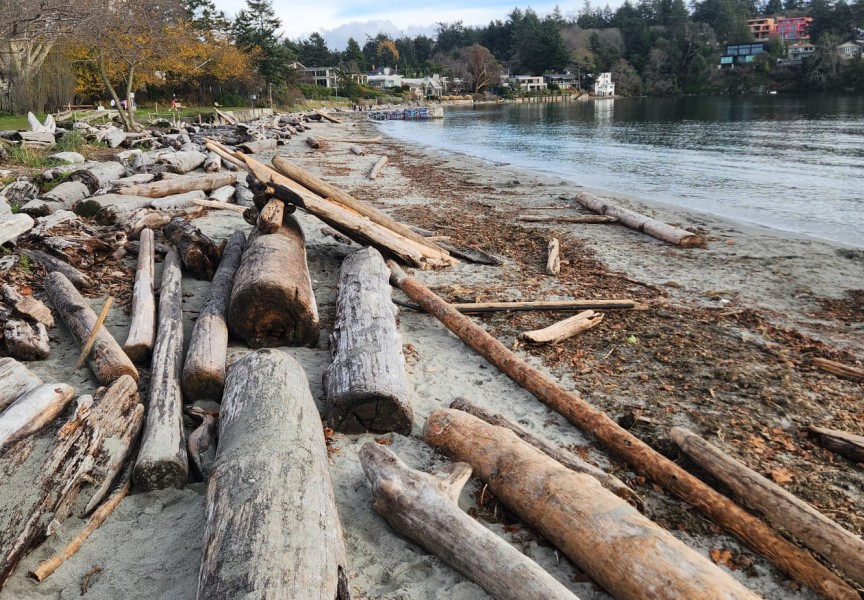The federal government has announced funding in the amount of $525,000 coming to Vancouver Island, as a contribution to the Indigenous-led Westcoast Stewardship Corridor. The corridor will aim to increase “ecological and cultural connectivity” along the west coast of the island.
Ecological corridors like this one are used to slow biodiversity loss and help species adapt to the changes in our climate. The idea is that, by linking a multitude of protected areas, natural processes are allowed to take place and species can freely move and interact, finding habitat anywhere within said corridor.
“The Indigenous-led Westcoast Stewardship Corridor is a historic initiative that will benefit biodiversity and Canadians for generations to come,” said Minister of Environment and Climate Change Steven Guilbeault in a statement. “By investing in nature and linking areas of rich and diverse habitat, we are allowing species to move freely on the landscape and ensuring their long-term health and well-being while also contributing to the fight against the changing climate.”
The corridor initiative is largely being led by Yuułuʔiłʔatḥ, Toquaht, and T’Sou-ke Nations, with input being sought from 13 total First Nations existing in the area identified for the corridor. The area extends from as far south as Saanich and runs along the west coast of the island north to Tahsis.
“We know we have disrupted the forest, the house of the wildlife, and we would like to be part of restoring ‘the house’. We need to be able to have all living beings living in a healthy way and we can learn from our ancestors how to restore the land. That is our birthright,” said Chief Gordon Planes of the T’Souke Nation.
According to a Research and Communication Report from 2022 from the Indigenous-led Westcoast Stewardship Corridor, one concern mentioned by a number of the nations was having an external land vision imposed on their traditional territories.
“What nations do in their territories is their business, it’s not up to us say what others can and can’t do. We feel the same way about others thinking about us,” Chief Councillor Ken Watts from Tseshaht said in the report. “We won’t be told what to do.”
Another concern was making sure that the right people are involved in the leadership team of the corridor.
“Just on principle alone, working with people who are going to inherit the land, it is getting us set up for best practices,” said Saya Masso of Tla-o-qui-aht First Nation in the 2022 report.
While not all concerns have been sorted out yet, the leadership team for the corridor is taking steps to make sure they are addressed. The scheduled next step will be a gathering hosted by the T’Sou-ke Nation in November of this year.
The federal government launched the National Program for Ecological Corridors in April of 2022. Since then, they have contributed more than $5 million to similar projects such as the Forillon Ecological Corridor in Quebec, as well as the Cootes to Escarpment EcoPark System Ecological Corridor Pilot project and the Algonquin to Adirondacks Collaborative, both in Ontario.

